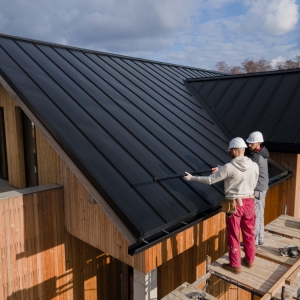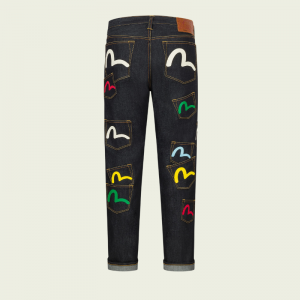If you have ever found yourself stuck with a worn out car that’s not worth fixing, you are not alone. Across Australia, thousands of people are dealing with end of life vehicles (ELVs) every year, vehicles that are simply no longer roadworthy or cost effective to keep. But what happens next is usually unclear.
That’s where Australia’s new ELV Product Stewardship Scheme comes in, a plan that could completely reshape how we handle scrap cars, and even how much cash for cars you could get.
What is an ELV?
An end of life vehicle is any vehicle that has reached the end of its journey. It could be rusting away in your driveway, heavily damaged in an accident, or simply not worth the repair bills. Australia scraps around 850,000 vehicles a year, adding up to over a million tonnes of waste.
Unfortunately, much of this waste is not being recycled properly, which leads to environmental damage and lost resources.
What the Stewardship Scheme Proposes
This upcoming scheme is a national initiative to manage the ELV process more responsibly. It’s designed to:
- Increase Recycling Rates: Instead of only salvaging metal, the scheme pushes for more components to be reused or recycled like plastics, rubber, and even glass.
- Create Authorised Recycling Facilities: Only registered, environmentally compliant businesses will be allowed to handle ELVs. These Authorised Treatment Facilities (ATFs) will follow strict standards for dismantling and disposal.
- Issue Certificates of Destruction (CODs): These certificates will confirm that a car has been properly and legally recycled, adding a layer of trust and accountability.
- Standardise the Process Across Australia: Right now, how ELVs are handled varies from state to state. The new system aims to create a uniform, nationwide approach so everyone knows what to expect.
How This Affects You
So, what does it all mean if you are just trying to get rid of an old vehicle?
1. Easier & Safer Disposal
You won’t have to wonder whether your old car is being dumped irresponsibly. Certified facilities will take care of everything by the book, offering a smooth, trustworthy process.
2. Better Cash for Cars Offers
When parts are properly recycled and reused, they carry more value. That means recyclers may be able to offer you better rates for your scrap , a win for your wallet.
3. Peace of Mind
Knowing your car won’t harm the environment after it leaves your hands is a huge relief. Toxic fluids, batteries, and materials will be handled safely.
4. New Local Jobs
As more threatened facilities open up and recycling standards rise, new roles will be created in automotive recycling, compliance, and transport.
Potential Challenges
While the proposed scheme offers big benefits, there are some hurdles to overcome:
- Cost of Upgrades: Smaller scrapyards and car recyclers may struggle to meet the new standards without financial help.
- Limited Recycling Infrastructure: Australia’s recycling systems are great at processing metals but still catching up when it comes to other car materials like plastic and foam. Building this capacity will take time.
- Consumer Awareness: Many car owners still don’t know what to do with an ELV. Public education will be key to making the scheme successful.
Why It Matters
Right now, too many end of life vehicles are left rusting on properties or dumped illegally. The new scheme puts power back in the hands of responsible owners and in doing so, it makes the “scrap” process simpler, cleaner, and potentially more rewarding.
If you’re planning to get rid of your old ride soon, this change could work in your favor. Whether you're looking for cash for cars or simply want peace of mind knowing your scrap car won’t harm the planet, this scheme is setting the stage for a more sustainable future.
Conclusion
Australia’s ELV stewardship scheme represents more than just a policy change. It’s a necessary step towards cleaner streets, less landfill waste, and a smarter use of resources. For everyday car owners, it means clarity, value, and better options when it comes to saying goodbye to that old vehicle.
So next time you look at that scrap car in your driveway, remember: its end-of-life doesn’t have to mean the end of its value, for you or the environment.






